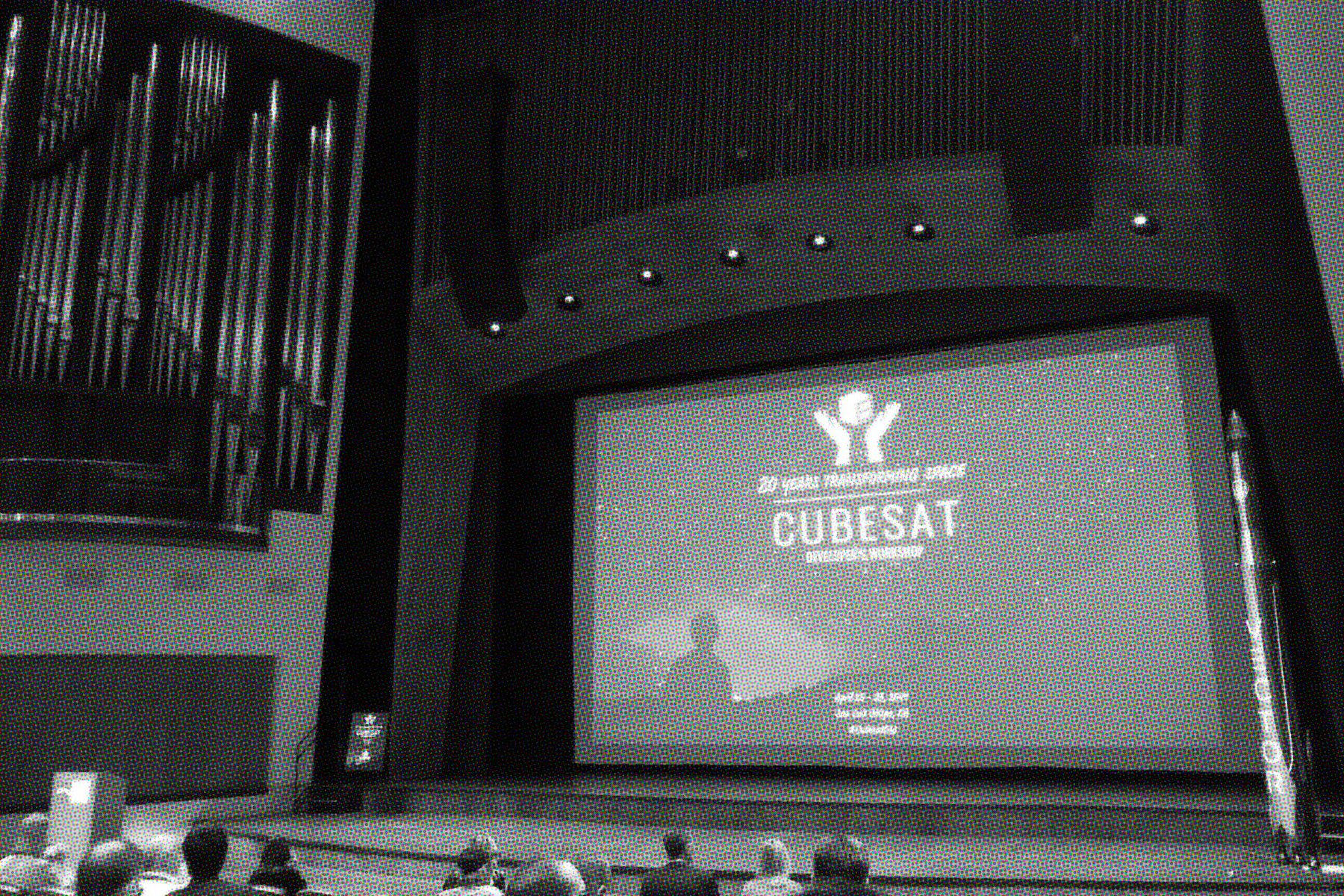Smaller form factors have a way of pushing technologies into new places — literally and figuratively. The rise of smartphones, tablets, and other small devices have helped make every company a digital company. The rise of nanosatellites like CubeSats could make every company part of the space economy. These tiny satellites — roughly the size of a Rubik’s Cube — often carry remote sensing and communications capabilities that can be useful to a wide range of industries, from life sciences and agriculture to consumer goods and logistics.
“Space exploration is no longer just the realm of supercomputer technology; it’s now also the realm of smartphone technology.”
— Will Pomerantz, vice president of special projects at Virgin Orbit
At the 2019 CubeSat Developers Workshop last week in California, the Luminary Labs team tracked conversations on stage and in the hallways to see how far small satellites have come and where the sector is headed.
The state of CubeSats
By the end of 2018, more than 200 organizations had built more than 1,000 CubeSats, according to Saint Louis University’s Michael Swartwout, but only 24 of those organizations had gone on to deliver five or more CubeSats. Many of the leading companies are still relatively small, and haven’t yet been acquired by bigger players. The sector feels decentralized and full of possibility, and the community at a conference like CubeSat Developers Workshop is friendly and collaborative.
As SpaceNews noted in an article last year, “small satellites are moving into the aerospace mainstream. Although there are still jobs they cannot perform, everyone from NASA and the U.S. Defense Department to Silicon Valley entrepreneurs and investors is taking the sector seriously.” And as NASA’s Charles Norton pointed out, these missions are proving their ability to provide high-quality, well-calibrated science measurements. Conferences about CubeSats used to be the domain of students and academics learning from each other; today, vendors and commercial partners are in the mix. The community is evolving as CubeSats mature.
Moving fast and testing things
It’s tempting to compare the early days of small satellites to the early days of the internet, with eager startups and exciting experiments imbuing a new sector with energy and potential. While “move fast and break things” may work for website launches, it does not work for satellite launches. Some companies are finding ways to streamline and speed up the process — Pumpkin shared its “concept to low-earth orbit in eight weeks” case study — but CubeSat developers value hard-won expertise and take pride in successful missions. It can take years of testing and perseverance to launch a CubeSat, and even though it’s shorter than the much longer timeframes for traditional satellite launches, it’s still a significant investment in planning and preparation.
Licensing fees for a commercial satellite launch are also a significant investment. The FCC’s Karl Kensinger noted the commercial licensing application fee is about $470,000 — sometimes more than the cost of an entire small satellite mission. Regulators are working to keep up with the speed of innovation and are considering changes that would streamline licensing procedures while balancing concerns around orbital debris mitigation.
Expanding access to CubeSats
CubeSats are still new, and many people attend events like the CubeSat Developers Workshop to learn. Outside of conferences and convenings, NASA’s new Small Spacecraft Systems Virtual Institute (S3VI) offers a report, webinars, and other resources that are available to anyone.
The CubeSat Developers Workshop, which was created by California Polytechnic State University and Stanford University, has a large academic audience. Few discussed CubeSat programs for younger students — but attendees responded with enthusiasm when we presented what we’ve learned about using CubeSats to enhance and expand high school STEM education.
Education programs at various levels can help new people find a path into the industry. As CubeSats become simpler, cheaper, and faster to build, they can become more effective tools for broadening STEM participation — especially among underrepresented groups. And offering earlier opportunities to engage with hands-on STEM activities can go a long way toward making the space industry more diverse and inclusive. Though topics like equity and representation weren’t formally addressed in the conference sessions, Shivani Joshi — one of only a few female presenters — made a point to recognize four women in leadership roles on NASA JPL’s RainCube mission.
The CubeSat sector is moving fast, making it particularly important to consider the impact on people, infrastructure, and the environment. CubeSats have been a fruitful testing ground for new technology, and can also be a testing ground for more thoughtful approaches to building the space economy.



